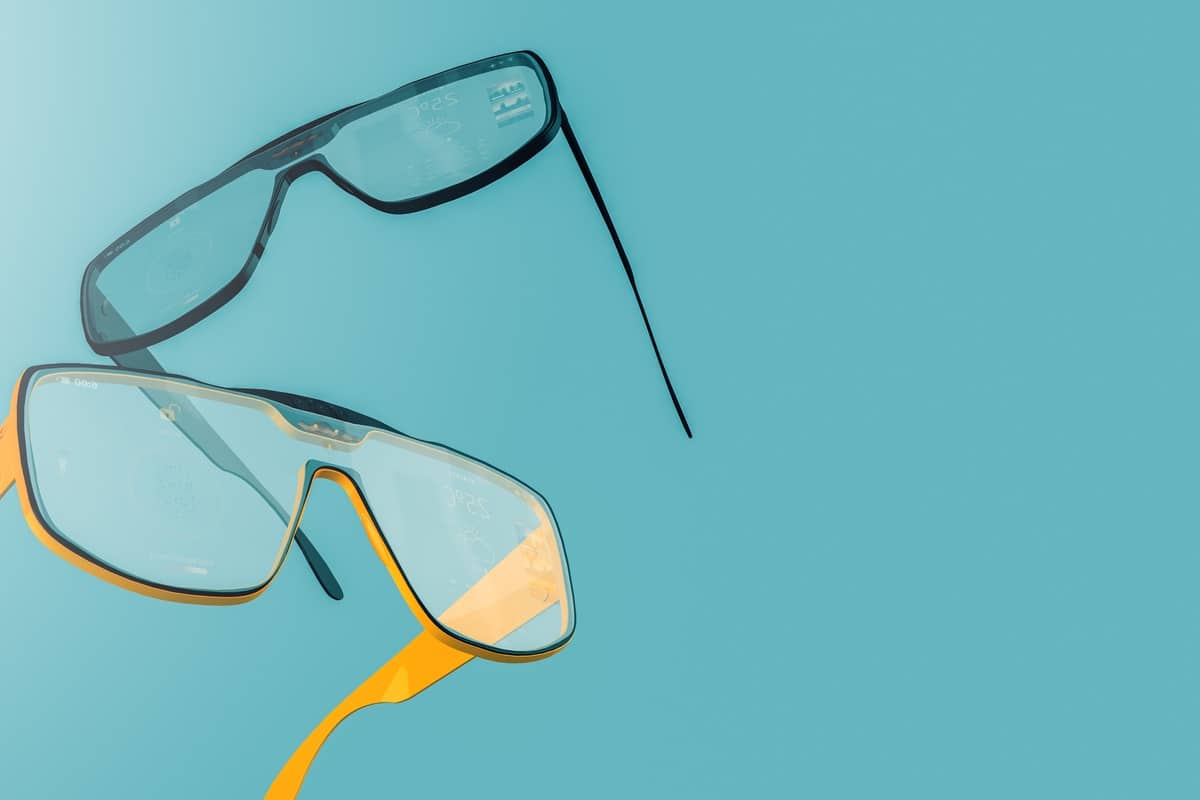Sunglasses are more than just a stylish accessory—they are a vital tool for protecting your eyes from the sun’s harmful ultraviolet (UV) rays. Choosing the right pair of sunglasses can prevent long-term eye damage, reduce glare, and enhance your overall comfort. However, not all sunglasses provide the same level of protection, and it’s important to understand what to look for when selecting sunglasses for eye protection.
The Importance of UV Protection
Your eyes are constantly exposed to UV rays, even on cloudy days. Over time, this exposure can contribute to serious eye conditions such as cataracts, macular degeneration, and photokeratitis (sunburn of the eye). To reduce these risks, it’s essential to wear sunglasses that block 100% of both UVA and UVB rays.
Many people mistakenly believe that dark lenses alone provide sufficient protection, but the darkness of the lenses doesn’t correlate with UV blocking capability. Instead, always check the label to ensure the sunglasses offer full UV protection. This feature is non-negotiable when it comes to safeguarding your eye health.
Coverage: Full Protection from All Angles
A crucial aspect of sunglasses for eye protection is how well they cover your eyes. It’s not enough for sunglasses to block UV rays from the front. Sunlight can reflect off surfaces like water, snow, or pavement, sending harmful rays into your eyes from the sides or below. For those who spend a lot of time outdoors—whether cycling, boating, or fishing—this can be a major concern.
Wraparound sunglasses or glasses with wider lenses offer additional protection by shielding your eyes from all angles. These designs are particularly effective for outdoor activities where UV rays can bounce off reflective surfaces.
Polarized Lenses: Reducing Glare Without Compromising Protection
Polarized lenses are commonly recommended for reducing glare, especially when you are near water or in environments with a lot of reflective surfaces. While polarization reduces glare and makes it easier to see in bright conditions, it’s important to know that polarization doesn’t increase UV protection. For those who enjoy golfing, polarized lenses may not be the best choice, as they can interfere with depth perception and the ability to read greens.
When choosing sunglasses for eye protection, think about your specific needs. Are you spending time on a boat, hiking in the mountains, or simply looking for daily protection while driving? Different activities may require different features in your sunglasses, and polarization might be beneficial or unnecessary depending on your use.
Lens Material and Colors: What Works Best?
Sunglass lenses come in various materials, including glass, plastic, and polycarbonate, each offering different benefits. Glass lenses tend to be more scratch-resistant and provide clearer vision, but they can be heavier and more prone to breaking. Plastic lenses, on the other hand, are lighter and more impact-resistant, which can be ideal for sports or outdoor activities. Polycarbonate lenses strike a balance between clarity, lightness, and impact resistance, making them a popular choice for both casual and active use.
The color of your lenses also plays a role in comfort and eye protection. Gray lenses reduce brightness without distorting colors, while brown or amber lenses enhance contrast, making them excellent for activities like driving or fishing. Different lens colors can filter specific types of light, which might cause glare or discomfort, so it’s crucial to pick a lens color suited to your environment and activities.
Transition Lenses: Convenient UV Protection
For those who switch between indoor and outdoor environments frequently, transition lenses may be a good solution. These lenses automatically adjust to changing light conditions, darkening when exposed to sunlight and clearing up indoors. While they offer convenience and UV protection, they may not darken enough when inside a car, as most windshields block some UV rays that trigger the darkening process.
Finding the Right Fit for Your Needs
Sunglasses for eye protection should be tailored to your lifestyle and specific needs. Do you need something for high-intensity outdoor sports, or are you looking for general protection while running errands or driving? By identifying your primary use for the sunglasses, you can choose the right combination of lens type, coverage, and polarization.
It’s also a good idea to consult with an eye care professional to determine the best sunglasses for your eye health. For example, if you wear prescription glasses, you may want prescription sunglasses or clip-ons that fit over your existing glasses. Contact lenses with UV protection can also complement your sunglasses, but they should not be relied upon as your only form of protection.
Conclusion

Selecting the right sunglasses for eye protection is a vital step in maintaining your long-term eye health. Look for full UV protection, consider the level of coverage for outdoor activities, and choose lenses that fit your needs in terms of material, color, and polarization. Each of these factors plays an important role in safeguarding your eyes from harmful UV rays and glare. Whether you’re engaging in sports, driving, or simply spending time outside, the right pair of sunglasses will keep your vision clear and your eyes safe. Contact Art of Optiks today to find the perfect sunglasses that meet your eye protection needs and fit your lifestyle.




